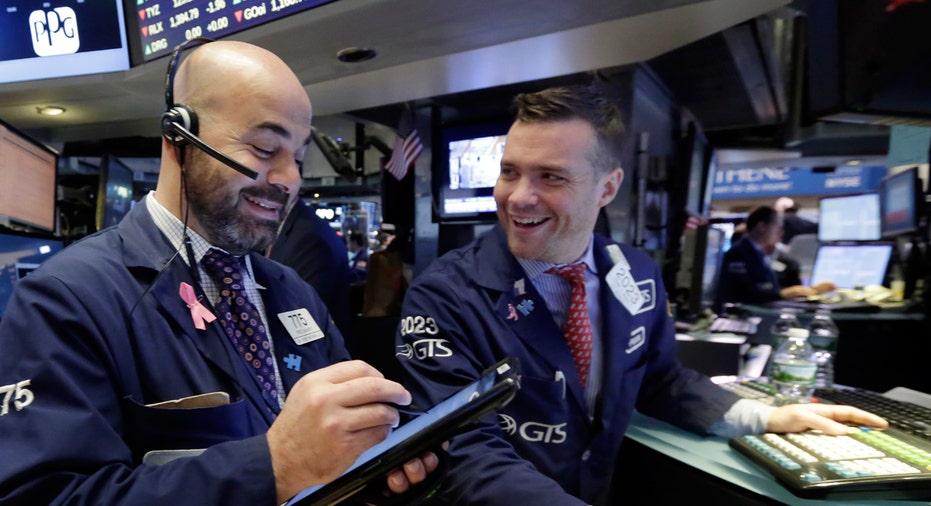Wall St rises on investor relief after Trump budget

Wall Street ended higher on Tuesday after the release of President Donald Trump's budget plan but gains were tempered by declines in consumer discretionary stocks amid weakness in auto-parts companies.
While Tuesday's economic data was weak, investors were relieved Trump's first full budget plan was largely as expected, even if it is not expected to be approved in Congress.
"There were no large surprises. The market is pleased with that," said Wade Balliet, Chief Investment Strategist at Bank of the West.
Trump's budget called for a hike in infrastructure and military spending, along with a raft of politically sensitive cuts, in areas such as healthcare and food assistance programs, with the aim of chopping government spending by $3.6 trillion and balancing the budget over the next decade.
The S&P 500 ended below its session high. It topped 2,400 points a few times during the session for the first time since the markets' plunge last Wednesday on concerns about the future of Trump's presidency.
While the President is on an overseas trip, stocks were helped by a lack of major news updates related to the government probe on possible ties between his election campaign and Russia.
"With the President being away, with the news cycle slowing a little bit, investors have nibbled their way back in," said Rick Meckler, president of LibertyView Capital Management in Jersey City, New Jersey.
"This market has had tremendous strength on the idea that the new administration is going to be able to push through a pro-business platform. To the extent it loses political credibility the market has had trouble holding these gains."
The Dow Jones Industrial Average rose 43.08 points, or 0.21 percent, to 20,937.91, the S&P 500 gained 4.4 points, or 0.18 percent, to 2,398.42 and the Nasdaq Composite added 5.09 points, or 0.08 percent, to 6,138.71.
In the morning, U.S. economic data showed new single-family home sales in April tumbled from near a nine-and-a-half-year high, while manufacturing activity for May fell to the lowest level since September.
Ten of the 11 major S&P 500 sectors ended higher. Financials rose 0.8 percent, helped by a 1.2 percent gain in the bank subsector.
Consumer discretionary was the biggest laggard with a 0.4 percent drop.
The biggest drag on the consumer sector was Autozone Inc , down 11.8 percent to $581.4. The auto part retailer's quarterly results missed expectations. Advance Auto Parts fell 4.6 percent while O'Reilly Automotive fell 3.3 percent and Genuine Parts shares fell almost 2 percent.
Advancing issues outnumbered declining ones on the NYSE by a 1.48-to-1 ratio; on Nasdaq, a 1.11-to-1 ratio favored advancers.
The S&P 500 posted 49 new 52-week highs and 8 new lows; the Nasdaq Composite recorded 81 new highs and 59 new lows.
About 5.95 billion shares changed hands on U.S. exchanges, below the 6.9 billion average for the last 20 sessions.
(By Sinead Carew; Additional reporting by Tanya Agrawal, Gayathree Ganesan in Bengaluru; Editing by Savio D'Souza and Nick Zieminski)